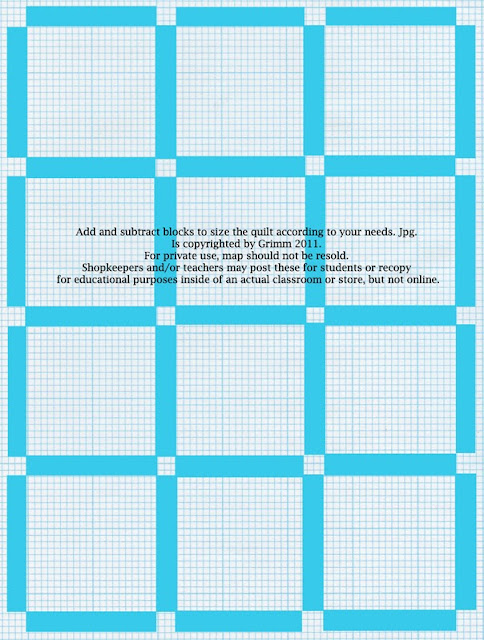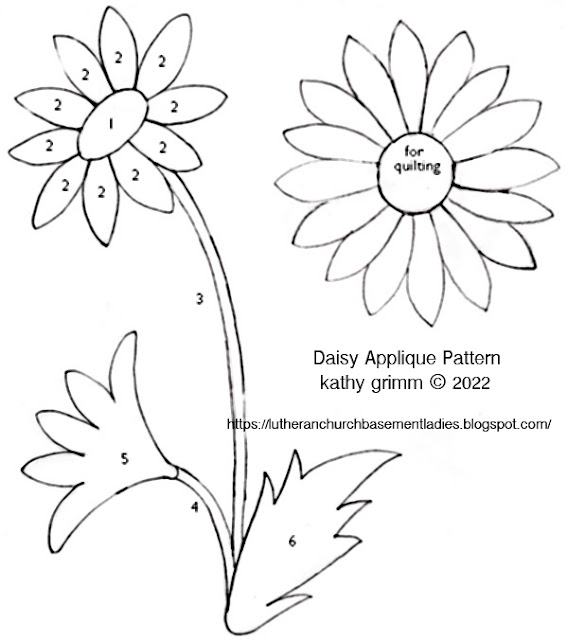Cut and sew the pattern pieces in numerical order. There are
no seam allowances made in the drafted pattern above. The rose part of this
pattern is made by layering little individual floral motif on top of each
other. By these means, only the outer edge of each scalloped motif is actually
appliqued to the quilt. In other words, the inside edges of the rose are
created by each motif's outer edge.
 |
| The rose motif is created by stacking four design elements. |
Trace and cut each shape of the rose separately and then
stack these on top of each other in order to create the motif correctly. Don't
forget to add an additional 1/8 inch seam allowance to your patterns before
drawing around them onto your selected fabric.
 |
Note how reds and pinks increase in value
towards the center of the rose. |
 |
Choose fabrics that have the same effect visually
for maximum visual aesthetic. |
I recommend choosing a monochromatic color set of calico prints for this
applique. Make sure that a single color choice varies significantly in
value in order to maximize the visual impact of your design. I would not
choose calico that has giant printed images for this design, if I were
to quilt a historically accurate pattern. Many rose quilt patterns
similar to this one were often quilted with solid cotton textiles. A finished quilt with a similar design may be seen below.
Origins
of The Pattern's Name? Our use of
the English word "rose" comes from Old French and Latin languages.
Rose is a general term used to refer to any shrub or vine of the genus of Rosa. There are literally hundreds of
"rose" patterns used in applique. Some of these are very stylized and
others realistically portrayed. The stylized rose patterns are typically much
older in origin. The most popular names for rose patterns in both Colonial
America and later years were the Whig
Rose and The Rose of Sharon.
The
Whig Rose, named after a political party, has a large blossom at it's center
with additional "spinning" or trailing branches of buds, leaves, and
or additional flowers growing out of it's central motif.
A
Rose of Sharon "rose"
pattern is typically styled after a crocus bloom that is referenced in The Song of Solomon in the Bible. This
design does not have long spindle-like branches but short leaves or buds
directly connected to it's central flower.
Many,
many applique patterns have since been drafted and misnamed after these classic
pattern/ motifs without any consideration for their former design distinctions.
In fact, this has become so much the case that one can never rely upon the name
of a rose pattern to actually reveal it's design characteristics any longer.
You must actually look carefully at the designs to make a distinction between
the motifs according to early artistic prototypes while simply ignoring the
names given to rose patterns in general.
 |
| Sample of the "Pink Rose Applique" with a swag boarder. |














































